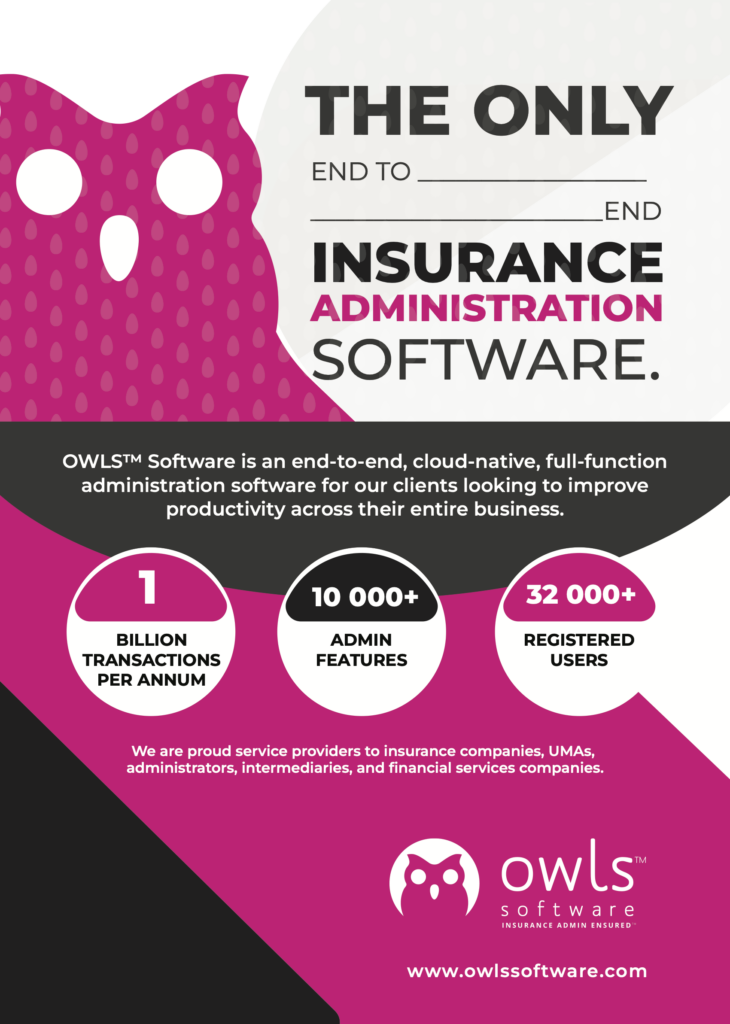By: Prisha Bhoola, Managing Director at Firedart Engineering Underwriters (Pty) Ltd
In 2019, a road construction project in Gauteng, aimed at alleviating traffic congestion, was abruptly halted. Armed gangs stormed the site, demanding a slice of the project’s profits. Faced with the looming threat of violence and disruption, the construction company suspended operations. This plunged the project into uncertainty, and left stakeholders reeling from the repercussions.

As the construction and engineering sector braces itself for a potential revival amidst commitments from the Minister of Finance and President Ramaphosa towards bolstering infrastructure spending, stakeholders are pondering the extent to which this financial injection will resuscitate an ailing industry.
The underlying question remains: can increased budget allocations alone rejuvenate the construction and engineering sector, or are there deeper, multifaceted challenges at play?
The “Construction Mafia” and “Illegal Mining”
The real-life example mentioned above, now commonly referred to as the “construction mafia”, presents one such challenge. Another significant challenge is the pervasive presence of “zama zamas” or illegal miners in South Africa. These illegal miners, operating outside regulatory frameworks and often resorting to violent and dangerous methods, pose a myriad of risks to construction projects. Encroachment onto construction sites by these illegal miners not only disrupts project operations but also introduces a litany of hazards such as increased theft exposures, labours’ heightened anxiety around their work-safety, and an increased potential for uncontrolled subsidence and underground collapses.
The surge in incidents of theft of yellow metal by “zama zamas” exacerbates the risk landscape for insurers. With illegal miners targeting construction sites for valuable machinery and equipment (especially TLB’s, generators, etc), insurers are confronted with heightened exposures to theft-related losses. The brazen nature of these thefts, often executed under cover of darkness and with little regard for safety protocols or injury to persons, underscores the urgency of fortifying risk management strategies within the industry.

OWLS™ Insurance Software
The only End-to-End Insurance administration software.
OWLS™ Software is an end-to-end, cloud-native, full-function administration software for our clients looking to improve productivity across their entire business.
Beyond the immediate disruptions and financial losses incurred, such issues erode investor confidence, deter foreign investment, and tarnish the reputation of South Africa’s construction sector on the global stage.
Quality Standards
Another concern is the potential compromise on quality standards in the face of economic pressure. Historically, economic downturns have led to cost-cutting measures within the construction industry, often resulting in lower standards and increased risks. Reduced budgets tempt stakeholders to opt for cheaper materials, shortcuts in safety and health protocols, a compromise on workforce expertise or overworking existing project management and staff. This jeopardises the integrity of projects and exposes insurers to elevated risk liability.
Climate Change
Climate change also poses significant risks to our industry. The increasing frequency and severity of extreme weather events results in infrastructure and building projects facing heightened vulnerabilities. These events disrupt construction timelines, cause works material damage, and escalate insurance claims. Moreover, climate change compounds existing weaknesses, necessitating remedial actions and increased capital budgets for the more resilient infrastructure solutions.
Maintaining Profitability and Sustainability
In this landscape, the insurance industry finds itself at a pivotal juncture. Insurers must navigate a precarious terrain where traditional institutional and governance safeguards may prove inadequate in the current ever-changing landscape.
The insurance industry is also grappling with the imperative of maintaining profitability and sustainability. Rising claims frequency and severity on the one hand, coupled with heightened market competition exerting downward pressure on premiums on the other hand, serve to challenge insurers to strike a delicate balance between risk-based pricing and commercial affordability. In response, insurers must explore innovative risk transfer mechanisms, leveraging technology for streamlined operations, and diversifying their product portfolios to mitigate concentration risks.
A Time for Unconventional Collaboration
In the face of evolving challenges, traditional approaches are no longer sufficient to safeguard the industry’s future. Now is the time for bold and innovative thinking, for daring to explore unconventional solutions that transcend the constraints of conventional wisdom. As Albert Einstein famously said, “We cannot solve our problems with the same thinking we used when we created them.”
It’s time to embrace new perspectives, forge synergies, and chart a course towards a more resilient and sustainable future for engineering insurance. I truly believe that all stakeholders must come together to address our challenges, and this will include us working with relevant government institutions in some form. It is time for us to collaborate better to establish an improved and more normalised economic working environment. This will allow all stakeholders in the value chain (from the insured to the reinsurer) sustainable profitable growth.

